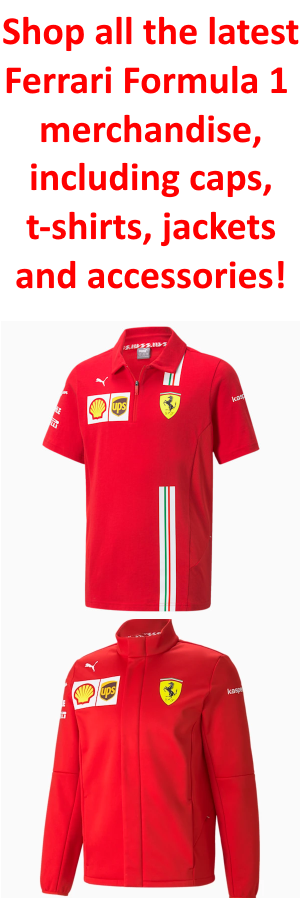In F1, Pirelli’s tire growth has by no means stopped, regardless of the premier motorsport class having chosen a sole provider for a number of years now. Quite a few modifications to technical rules have required the Italian producer to remain consistent with the evolving framework, whereas additionally striving to fulfill the groups’ wants. In a number of circumstances, the group led by Mario Isola has needed to depend on simulations for tire design.
This occurred between 2016 and 2021 and continues to be the case as one other regulatory revolution approaches for F1 automobiles. Steady collaboration with the groups is essential for Pirelli to develop and produce tires suited to an ever-evolving platform. This platform refers to F1 automobiles, which, beneath regulatory continuity, turn into more and more environment friendly due to the engineers’ work centered on producing extra downforce to maximise car efficiency.
This pattern is clear when evaluating information from 2023 to the earlier season. The common time for pole positions (in dry circumstances) decreased by eight-tenths of a second final season, whereas the typical quickest race lap dropped by six-tenths. The tire provider obtained new simulations from groups on the finish of November, used to estimate potential additional lap time beneficial properties for 2025, together with insights from the post-season check in Abu Dhabi, following the ultimate race of the earlier championship.
Coming into the fourth (and closing) 12 months of regulatory continuity, efficiency enhancements are anticipated to sluggish. Nonetheless, Pirelli’s chief engineer, Simone Berra, cautions that simulations usually are not definitive: “We’ve seen very excessive hundreds from two or three groups,” he experiences. “Often, we obtain simulations mid-season and on the finish of the season. No one anticipated these sorts of hundreds. We thought they’d reached peak efficiency ranges, however there’s nonetheless extra to realize. It’s all very attention-grabbing.”
Though 2025 would be the final season for this era of tires, Pirelli doesn’t imagine groups will sluggish their growth efforts. The Italian tire provider has demonstrated glorious adaptability up to now to efficiency ranges that differed considerably from these projected in simulations. For instance, final 12 months Pirelli launched a brand new tire development mid-season at the British Grand Prix, designed to accommodate greater speeds and hundreds in comparison with pre-season check information.
In parallel with monitoring merchandise for the present season, Pirelli is growing new tires for the 2026 automobiles. These will stay 18 inches however shall be narrower than the present ones to scale back the rolling resistance of future automobiles. This can be a important problem, provided that observe checks shall be much less dependable as a result of the groups have offered and can present automobiles constructed beneath the present rules, modified to approximate the habits of the following era of automobiles.
As up to now, Pirelli will undoubtedly rely closely on theoretical modeling and the assist groups present by way of their simulations. Having a 2026 mannequin outfitted with the brand new tires for wind tunnel testing could be immensely useful. Nonetheless, the FIA has not thought of this selection.
The Italian firm continues to show its functionality as F1’s sole tire provider, with a contract at present extending by way of 2027. Moreover, the Milanese agency provides tires for the F2 and F3 championships.



